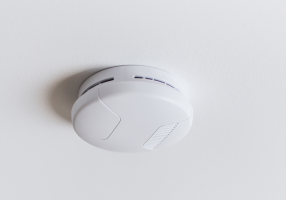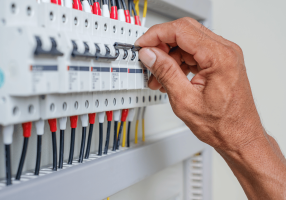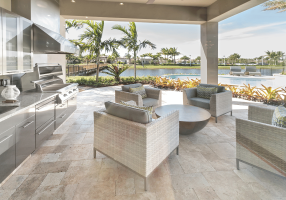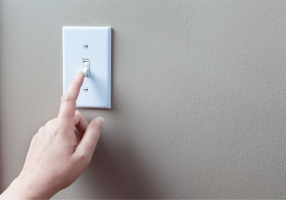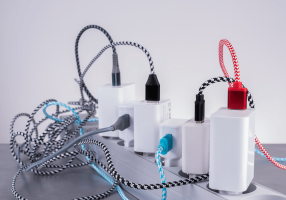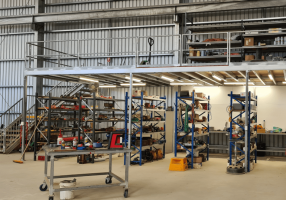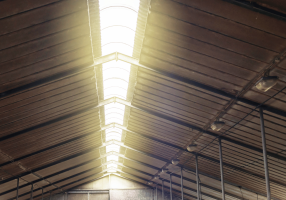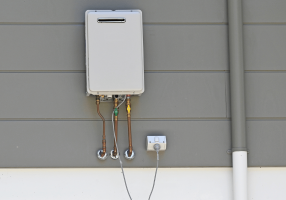Adding power to your shed can transform it from a simple storage space into a functional area for hobbies, a workshop, or even a home office. However, it’s not as simple as running an extension cord. Here’s everything you need to know about adding power to your shed safely and efficiently.
Why Add Power to Your Shed?
Powering your shed opens up a world of possibilities. It allows you to:
- Use power tools: Perfect for DIY projects or a home workshop.
- Install lighting: Work in your shed at night or during gloomy weather.
- Set up heating or cooling: Stay comfortable while working year-round.
- Charge equipment: Keep batteries for tools, mowers, and other gear ready to go.
- Create a functional workspace: Ideal for remote work or creative pursuits.
Things to Consider Before Adding Power
Before jumping into the project, keep the following in mind:
1. Legal and Safety Requirements
In Australia, any electrical work must be completed by a licensed electrician. DIY electrical work is not only illegal but can be extremely dangerous.
2. Power Needs
Consider how you plan to use your shed. Will you need a few outlets for basic tasks, or are you setting up a workshop with multiple tools and machines? This will determine the size of the electrical system required.
3. Distance from the Main Power Source
The distance between your shed and your home will affect the cost and complexity of the project. Underground power cabling is the safest and most efficient solution.
4. Weatherproofing
Sheds are often exposed to the elements, so ensure all electrical installations are weatherproof and meet Australian standards.
5. Prioritise Energy-Efficient Appliances
Where possible, choose energy-efficient options for your shed. LED lighting, energy-rated air conditioning units, and efficient power tools can all reduce the strain on your power supply.
6. Consider Future Needs
If you anticipate expanding your shed’s functionality, plan accordingly. For example, adding extra outlets or a sub-circuit can be beneficial if you foresee adding more appliances or equipment down the line.
Understanding Power Requirements for Your Shed
The amount of power your shed requires depends largely on its intended use. Here are some common setups and their typical power requirements:
Basic Storage Shed
Power Needs: Minimal
Common Appliances: Basic lighting, a fan, or a small electric heater in winter
Explanation: If your shed is purely for storage and perhaps occasional access at night, you won’t need much power. One or two low-wattage lights and perhaps a single power outlet for a fan or heater should be enough.
Workshop Shed
Power Needs: Moderate to high
Common Appliances: Power tools (drills, saws), heavy-duty lighting, and possibly a dust extractor
Explanation: Workshops require considerably more power, especially if you’re running multiple tools simultaneously. Tools like table saws, sanders, and grinders require a steady power supply, and it’s essential to avoid overloading circuits when running several tools at once.
Home Office or Studio Shed
Power Needs: Moderate
Common Appliances: Computer, desk lighting, mini-fridge, and possibly heating or cooling equipment
Explanation: For those working from home, a shed office is becoming increasingly popular. In addition to lighting, an office requires multiple outlets for charging devices, a stable internet connection, and, ideally, heating and cooling options to make the space comfortable year-round.
Man Cave or Hobby Space
Power Needs: Moderate to high
Common Appliances: Entertainment systems, lighting, and heating or cooling options
Explanation: A man cave or hobby space with entertainment equipment can be surprisingly power-intensive. Televisions, sound systems, gaming consoles, and other electronics may all be in use simultaneously, so a steady power supply is crucial.
Ensuring Your Switchboard Can Handle the Load
In Mandurah, homes are generally equipped with switchboards capable of supporting typical household demands. However, if you’re adding a shed with significant power needs, it’s essential to confirm that your existing switchboard can handle the added load without causing issues.
Assessing Your Current Switchboard Capacity
A standard residential switchboard might not be equipped to handle the additional load from a fully powered shed setup, especially if multiple appliances are running simultaneously. Signs that your switchboard may be at capacity include tripping circuits or experiencing power outages when high-demand appliances are in use.
Upgrading Your Switchboard
If you find that your switchboard is nearing its capacity, an upgrade may be necessary. Modern switchboards can better handle high-demand loads and often have additional safety features like circuit breakers and Residual Current Devices (RCDs) that protect against electrical faults. A licensed electrician can evaluate your setup and recommend whether an upgrade is necessary.
Sub-Circuits for Sheds
One option to ensure your shed has adequate power without overloading your main switchboard is to install a dedicated sub-circuit for the shed. This setup can independently handle power-hungry appliances and reduce the risk of tripping other circuits in the house. Sub-circuits also provide greater control over the shed’s power usage and can be equipped with dedicated safety switches for added protection.
Steps to Adding Power to Your Shed
Here’s a general overview of what’s involved in powering your shed:
1. Consult a Licensed Electrician
The first step is to discuss your plans with a professional electrician. They will assess your needs, provide recommendations, and ensure all work complies with regulations.
2. Plan the Electrical Layout
Work with your electrician to design a layout. Consider:
- The number and placement of outlets.
- Light fittings (including external lights if needed).
- Specialised power requirements for tools or equipment.
3. Install Underground Cabling
Running power underground is the safest and most efficient way to connect your shed to the main power source. This involves digging a trench, laying conduit, and securing wiring that’s resistant to moisture and damage.
4. Set Up the Electrical System
Once the cabling is in place, the electrician will install switches, outlets, and lighting as per the agreed layout.
5. Test and Certify
After installation, the electrician will test the system to ensure everything is working correctly and issue a compliance certificate.
Benefits of Hiring a Professional
While it may be tempting to save money with DIY solutions, hiring a professional electrician ensures:
- Compliance with legal and safety standards.
- Proper installation of underground cabling and weatherproof fixtures.
- Peace of mind knowing the work is done safely and efficiently.
Call Intelli-Gen Electrical for Your Shed Power Needs
Ready to add power to your shed? Intelli-Gen Electrical are experts in running underground power to sheds, ensuring a safe, compliant, and efficient installation. Contact us today to discuss your project and get a free quote. Let us help you turn your shed into a powered-up space that works for you!

